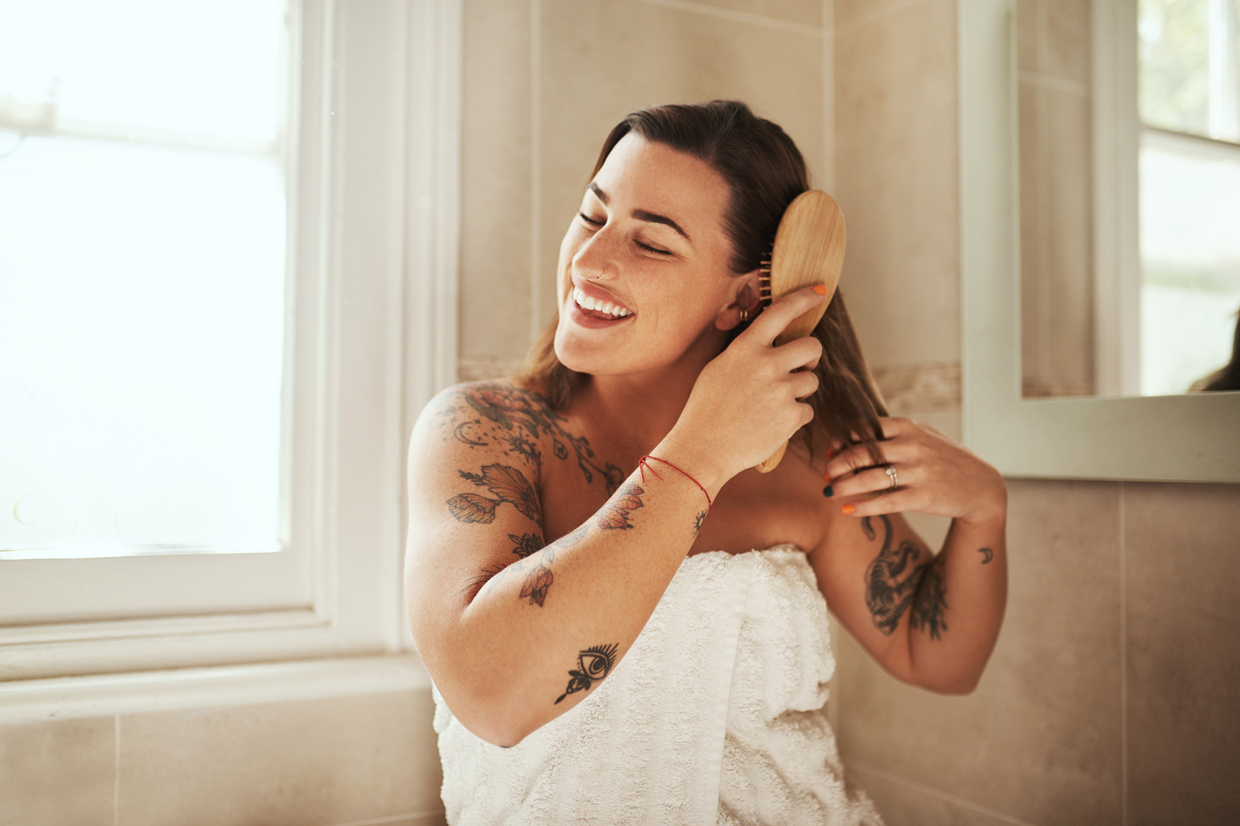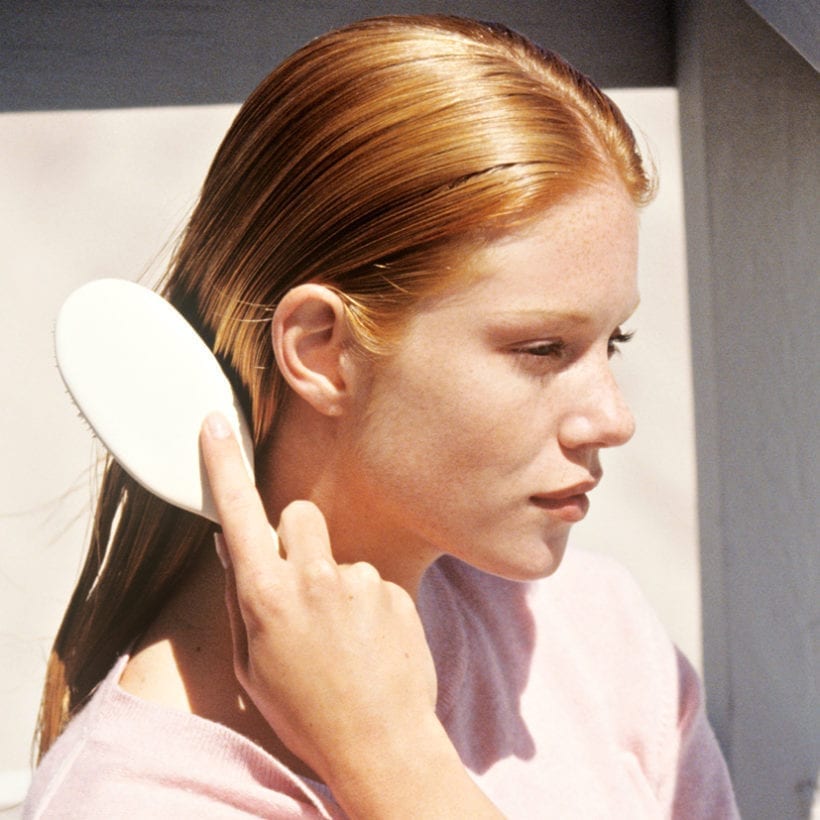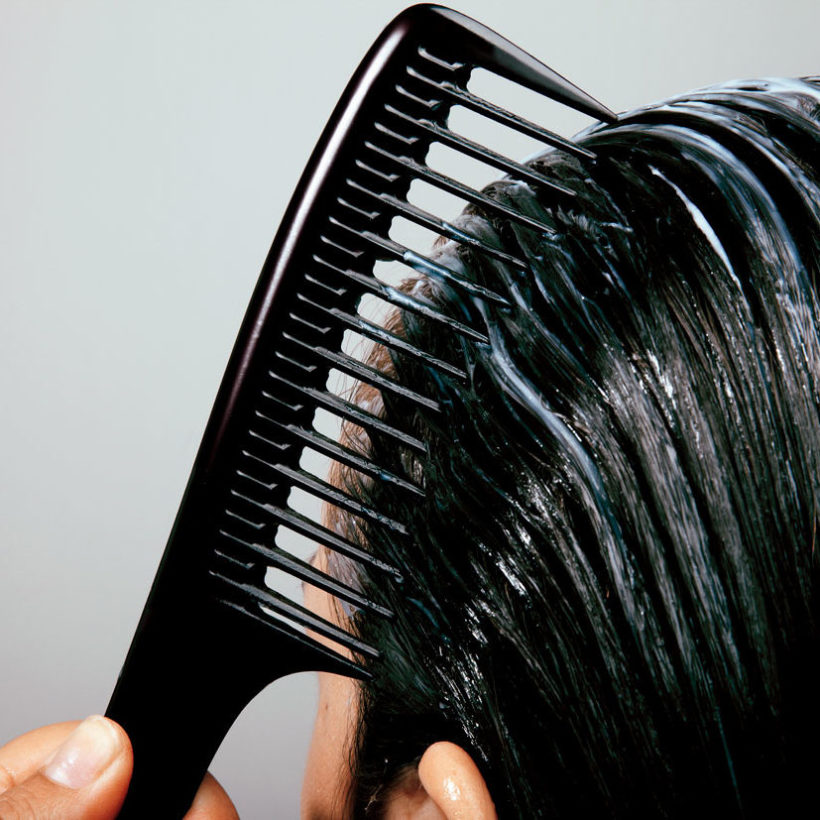For the majority, it’s second nature to protect skin from the sun and its UV rays — applying sunscreen, staying in the shade, and covering up with clothes. Yet, many of us venture outdoors without giving a second thought to the effects the sun has on our hair and scalp. But we should.
“The hair and scalp can experience sun damage all year round,” explains consultant dermatologist Dr. Ophelia Veraitch. “Whilst it primarily occurs in the summer months, just as the sun’s UV rays can damage our skin all year, the same can be said for our hair and scalp.” So precisely what harm can occur?
How the sun affects your scalp
When it comes to our tresses, that big ball o’ fire is a bit of a double-edged sword. “The sun increases vitamin D in the body, which can encourage hair growth,” says Veraitch. Research shows this nutrient not only encourages the development of new hair follicles but is critical in supporting everything from immunity and mood regulation to muscle and bone health.
However, the other side of the picture ain’t so pretty. Because it’s covered by hair, it’s easy to assume the scalp can’t be affected by the sun — but this isn’t the case. “UV rays can burn your scalp, especially where the hair is thin or along the exposed area of your parting,” states Anabel Kingsley, consultant trichologist at Philip Kingsley.
As the scalp is still skin (albeit thicker and more glandular), the effects are very similar to those you might experience elsewhere if you’ve had too much sun exposure — including “redness, soreness, and subsequent peeling,” Kingsley notes. “The damage sustained will depend upon the intensity of the UV rays and the length of time you were out in the sun.”
While you might be prepared to take a bit of soreness in return for an uncovered day at the beach, “prolonged sun damage over some years can also result in sun-related pre-cancerous [cells] or skin cancer,” says Veraitch — even on your scalp.
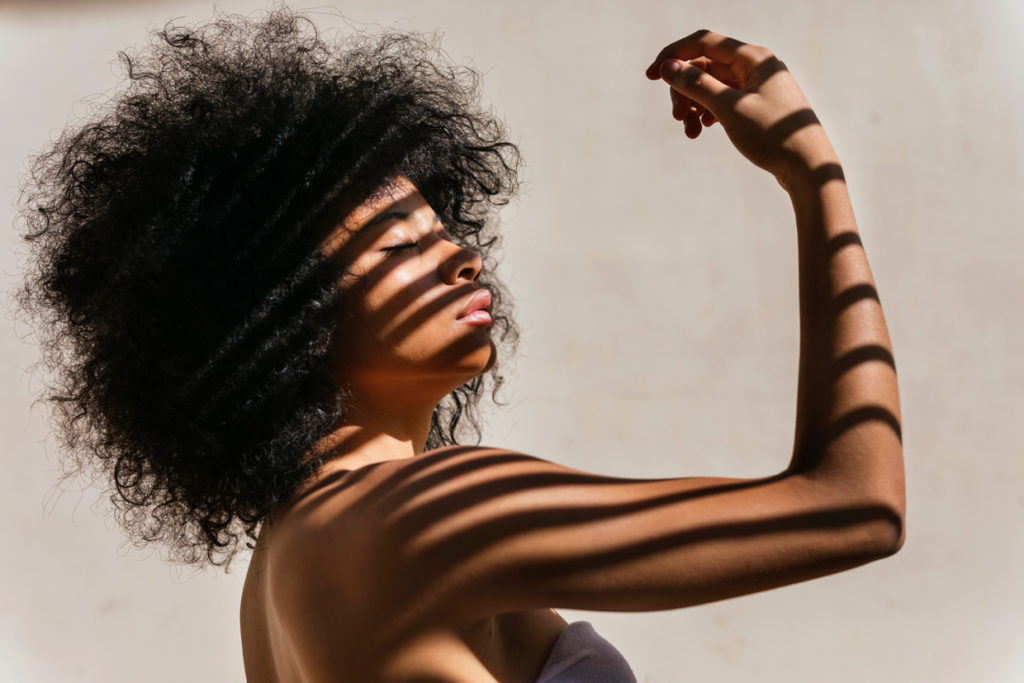
And your tresses are susceptible, too
Although the cells in your hair strands die once they leave the follicle, this doesn’t mean your mane is immune to damage. For example, you know the softer, blonder hue that can bless our tresses after the summer months? Not so great. “It can be nice to see our hair lighten up in the sun,” says Joseph Maine, celebrity hairstylist and co-founder of Trademark Beauty, “but, ultimately, this is the sun breaking down protective elements.” Yikes. And it doesn’t end there.
“UV rays can also deteriorate the protein structure of your hair and diminish the strong bonds that hold strands together,” Kingsley reveals. “This can cause hair to become overly porous, dry, easily broken, and brittle.”
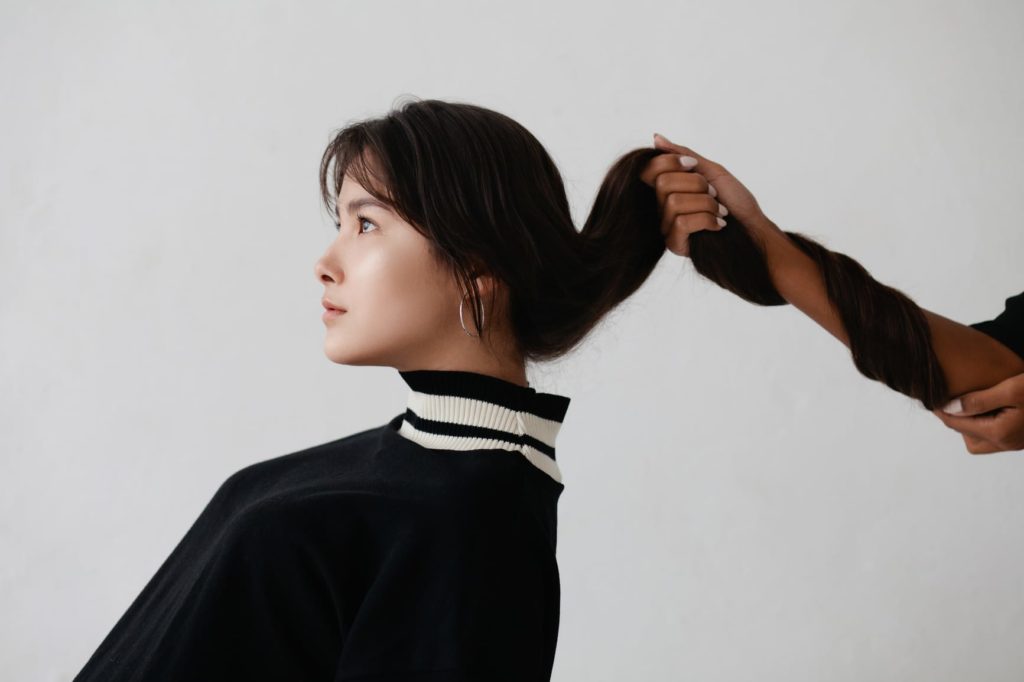
Plus, notes Maine, “the sun can break down the outer fatty lipid layer of the hair that gives it shine,” while Veraitch reveals that “sunlight/UV rays damage the protein that causes elasticity in the hair.” You get the picture.
Furthermore, if you dye your hair, be aware that — on top of the usual risks — your locks will be more sensitive to damage, and UV rays can cause the color to fade more quickly.
Hair-reviving heroes
Good news! If summer hasn’t been a friend to your tresses, all is far from lost — as Kingsley assures that signs of damage will eventually grow out. But, if you’re feeling impatient, several approaches can give lifeless locks a good dose of TLC and help prevent further damage in the future.
Use hair oils
There’s an array of natural oils you can apply to your locks, and these “act as a good emollient for the hair shaft, helping lock-in moisture and protect… from further damage,” says Veraitch.
Maine is a fan of argan oil, as this provides “a lot of moisturizing and protecting qualities during sun exposure [and] use of thermal tools, and repairing thereafter,” he states. Meanwhile, research indicates coconut oil is beneficial in enhancing hair strength, and green tea seed oil may reduce UV damage to colored hair.
Apply a mask or serum
We’re not talking about the Covid kind — rather, a deep conditioner designed for tresses. “Using a repairing mask… will restore shine and life to brittle strands,” reveals Maine. “It gives you that luster and swing that virgin hair has naturally.”
It’s also worth picking up a cleaning scalp serum, Kingsley says, as these are designed to help calm irritation and remove flakes of dead skin.
Try a tonic
Although these typically “contain ingredients which can help promote hair growth,” Veraitch says many hair and scalp tonics are also formulated to boost strength, shine, and volume.
Spritz on SPF
“There are now a number of products that can be applied to the hair and scalp that contain SPF to protect…from sun damage in the future,” explains Vertaitch. “These usually come in the form of a spray, which allows for easy application.” And don’t forget to apply an after-sun mask.
Visit your hairdresser
“A post-holiday trim is a great idea to help with healthy hair,” suggests Kingsley. “By removing split ends and the most damaged parts of your hair, you’ll have a healthier base to work with.”
Go for kinder tools
It goes without saying that damaged hair does not need further bashing from a straightening iron or curling tong. You also don’t want to agitate sore skin further, so “use a brush that is kind on both the hair and scalp,” Kingsley explains. “I like those with flexible, rounded plastic prongs, as they cause less distress to the hair cuticle.”
See a derm
Lastly, if your scalp has taken a particular beating, Veraitch advises visiting a dermatologist to double-check all is A-OK. “It’s usually only an expert eye of a dermatologist that can clinically diagnose the difference between an actinic keratosis [a common pre-cancer] and other conditions that can cause red scale on the scalp.”
We only recommend products we have independently researched, tested, and loved. If you purchase a product found through our links, Sunday Edit may earn an affiliate commission.
